When testing or charging a 12V battery in a vehicle that is in for service or is part of the dealership’s inventory, the EL-50313 Midtronics GR8 Battery Tester/Charger or EL-52800 Diagnostic Charge Battery Station (DCBS) must be used in order to provide an accurate diagnosis about the battery’s state of health. Bulletin #20-NA-132 outlines the testing process and warranty replacement requirements that all GM dealerships must follow. (Fig. 4)
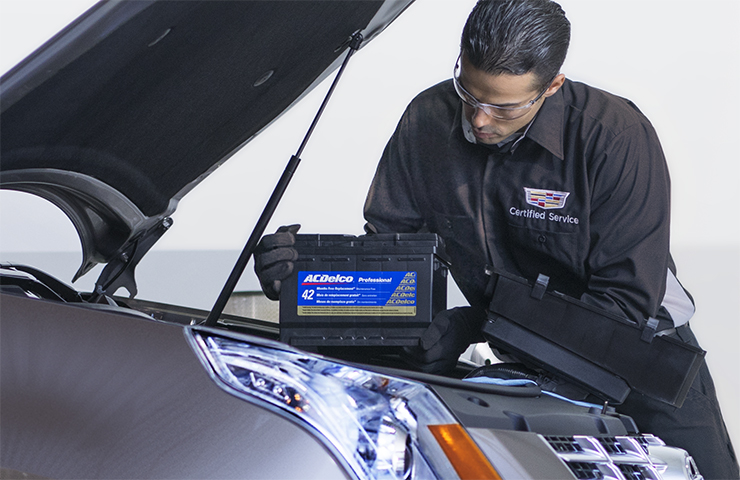 Fig. 4
Fig. 4
Warranty Codes
During diagnosis of a battery condition, the warranty code generated by the GR8 or DCBS captures critical information about the battery’s condition.
TIP: The GR8 generates a warranty code for failed batteries only when the battery test is set up for Diagnostic Mode and Out of Vehicle.
A warranty code from the GR8 (Fig. 5, A) or DCBS (Fig. 5, B) is required for all warranty claims for battery replacement to help analyze battery failures and improve product quality. The Warranty Parts Center validates all warranty codes entered in the Battery Tester Code field for batteries replaced under warranty. Warranty claims for battery replacements with invalid test codes, incorrect test set-up, or the wrong battery type will not be authorized.
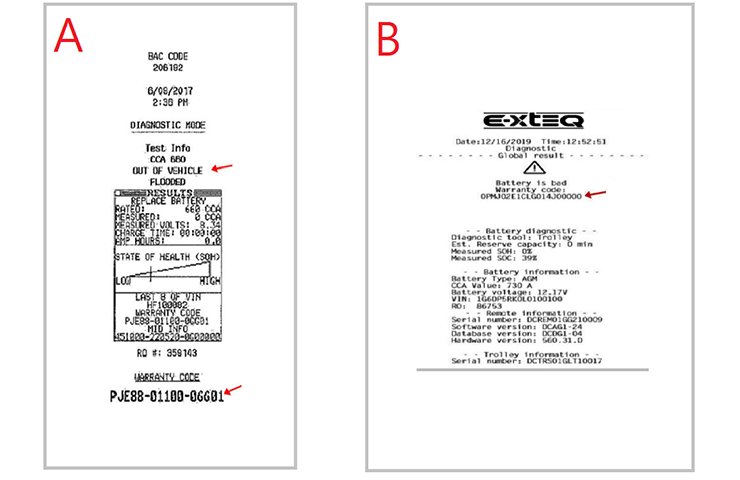 Fig. 5
Fig. 5
Battery Type and CCA Rating
When testing 12V batteries, follow the diagnostic procedures in the appropriate Service Information. Always disconnect the battery from the vehicle and select the proper Battery Type and CCA Rating (Cold Cranking Amps) for the battery being tested. (Fig. 6, GR8 shown) Be sure to always use SAE CCA ratings when testing. Some published information, such as Online Order Reference Guides, Quick Reference Guides or the Electronic Parts Catalog, may publish EN CCA ratings (except North America) that are higher than the SAE CCA ratings.
 Fig. 6
Fig. 6
Selecting the incorrect Battery Type or CCA Rating may result in battery damage or a “Battery is bad” result on a good battery, leading to a good battery being replaced unnecessarily
TIP: Battery Type and CCA Rating should be identified from the OEM battery label in the vehicle. Do not use IVH RPO data for CCA ratings as select vehicles display a metric reading where the battery tester requires the entry of the standard CCA rating. Original equipment battery ratings charts for 2019 and later model years are available in Service Information (go to General Information > General Information > Specifications > 12 Volt Battery Usage) and on TechLink under the Reference Charts tab. However, if the original equipment battery has been replaced, the OE information in the battery charts may not match the battery currently installed in the vehicle. Always check the battery label to verify the correct battery specification information.
When using the DCBS, avoid errors and improper test setup by using the VIN scan feature to accurately load the VIN, Battery Type and CCA Rating for the vehicle.
On vehicles with two batteries, including vehicles with auxiliary batteries, each battery must be electrically isolated and charged individually.
Warranty Battery Testing
Batteries that are deeply discharged will take an extended time to recharge. Also, batteries that are cold (below freezing) are resistant to charging and can falsely fail testing. Batteries that are cold and deeply discharged must first be warmed to above 4°C (40°F) prior to testing and charging.
Using the GR8 (Fig. 7) – Select Charging > Diagnostic when setting up the test. Enter the correct Battery Type (Flooded, AGM, or Start/Stop AGM) and rated CCA (both from the battery label). Use the Out of Vehicle test (battery disconnected with test equipment connected directly to the posts) for each battery when testing a vehicle with dual batteries.
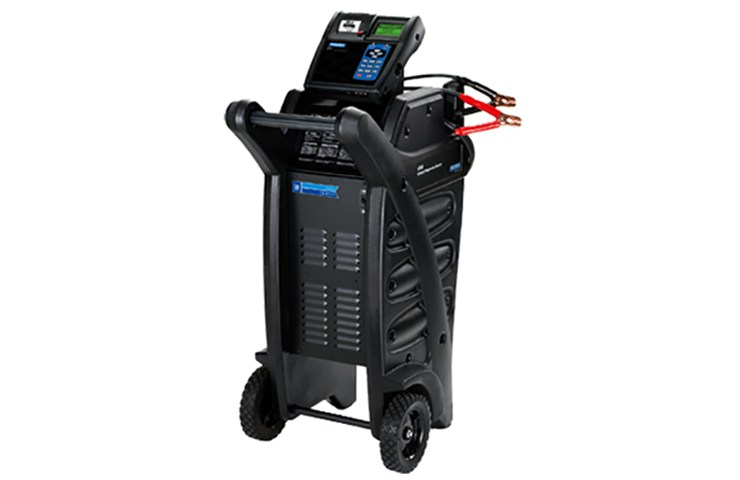 Fig. 7
Fig. 7
Using the DCBS (Fig. 8) – Select Diagnostic > Trolley when setting up the test. Scan the VIN and verify the battery selection is correct, or manually select the correct Battery Type (Flooded or AGM) and rated CCA (both from the battery label).
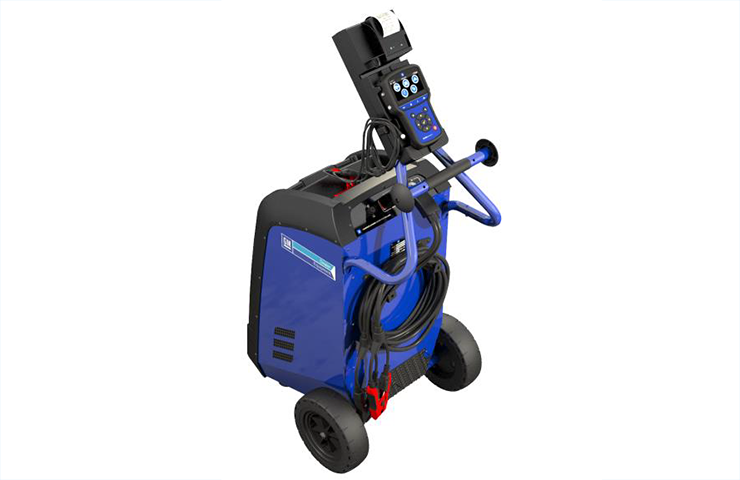 Fig. 8
Fig. 8
TIP: The Battery Type selection of Start/Stop AGM is only for testing the small secondary AUX12 battery on some vehicles equipped with Auto Stop/Start (RPO KL9), not all vehicles with the automatic engine stop/start system. Do not select Start/Stop AGM for vehicles equipped with diesel engines or the Dual Battery Option (RPOs K4B, TP2).
Tool Software Updates
Battery testers require periodic software updates. The latest software release for the GR8 is available through GlobalConnect by selecting “Essential Tools – Software Updates” on the Service page of the App Center. In Canada, the app is titled “GM Special Tools & Equipment – Software Updates.”
To update the DCBS, go to www.e-xteq.com and select the Download option on the top menu bar. Once accessed, click Download Optimus and follow the prompts. If Optimus is already loaded on the PC, access it and complete the update.
TIP: Be sure the GR8 or DCBS software is up to date. Only warranty codes generated by the GR8 (15 digit) or DCBS (20 digit) using current software are valid for batteries replaced under warranty. Warranty Codes generated by past versions of software or the old hand-held tester are not valid.
Warranty Battery Replacement
The warranty code generated by the GR8 or DCBS that is displayed on the printout must be entered in the required Battery Tester Code field when submitting a battery replacement transaction. (Fig. 9) Technicians must attach the printout with a Replace Battery (GR8) or Battery is Bad (DCBS) decision to the repair order (job card). A copy of the printout must be returned with the paperwork for each battery returned to the Warranty Parts Center.
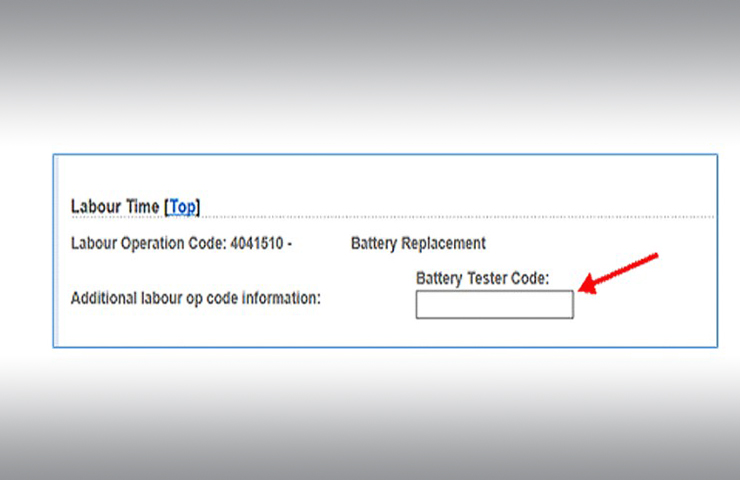 Fig. 9
Fig. 9
If a battery is replaced under warranty and it is found that test records indicate that the Battery Type or CCA Rating entered in the GR8 or DCBS does not match that of the battery replaced, the transaction will be subject to chargeback.
Proactive Alert SAC001
On connected vehicles, GM is able to evaluate the condition of the battery and report the state of health to the customer through the OnStar Diagnostics Report and/or to the dealership under Alerts in Service Workbench or the Techline Connect dashboard. Technicians may also validate alerts by using a scan tool through Vehicle Diagnostics/Vehicle Proactive Alerts.
If the Proactive Alert indicator is red, SAC001 will be present, which indicates a shorted cell, and the battery should be replaced. Batteries replaced due to Proactive Alert Identifier SAC001 do not require battery testing. In these cases, SAC001 should be entered into the Battery Tester Code field. Diagnostic Add Time is ineligible in these cases and must not be claimed on the transaction. SAC001 is the only Proactive Alert Identifier that does not require diagnosis.
For additional information on proper 12V battery testing/charging, refer to the following resources:
- Battery Inspection/Test diagnostic information in the applicable Service Information
- Battery Charging diagnostic information in the applicable Service Information
- Bulletin 20-NA-132: Warranty Administration – Battery Testing and Warranty Replacement Requirements
- Course 10220.09V September 2020 Emerging Issues Seminar (Back to Basics Video segment). In Canada, TAC TALK Feature Topic for October 2020.
– Thanks to Marco Salcedo and Patti Marino






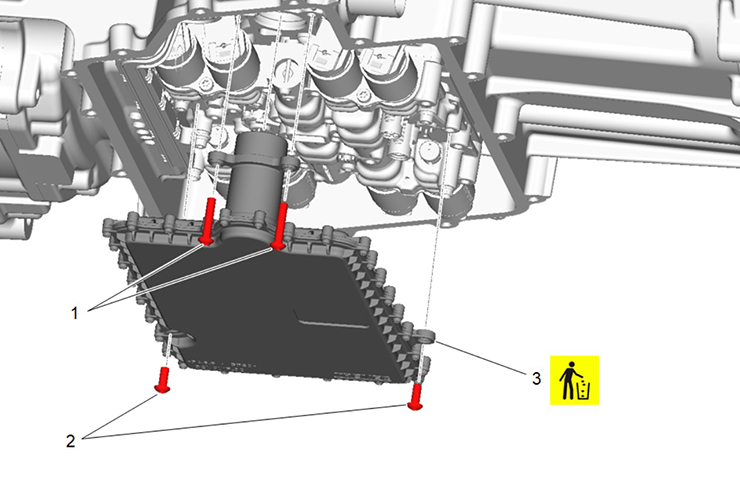

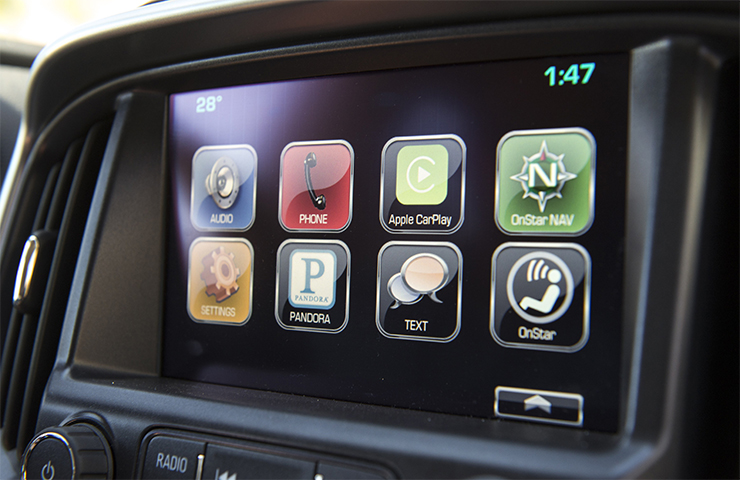
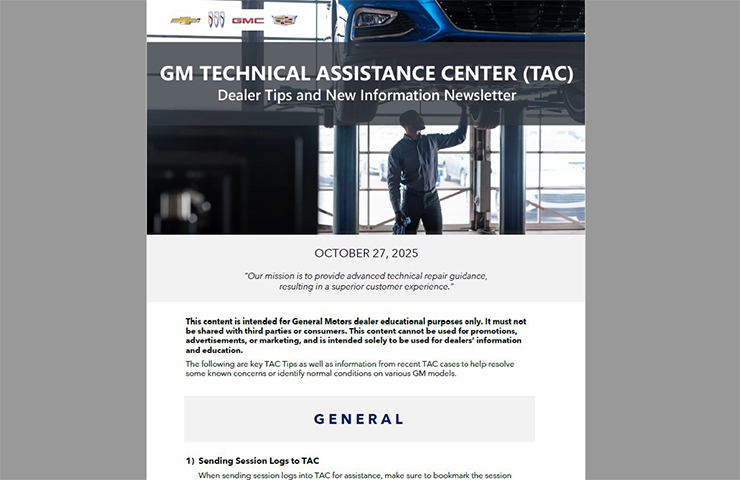
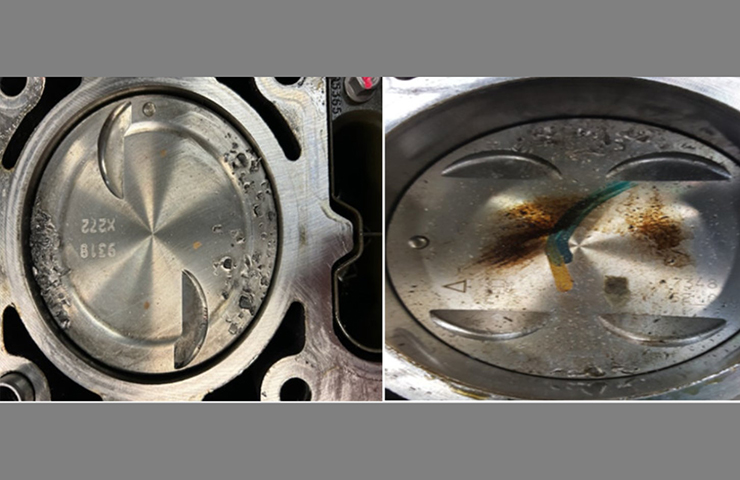


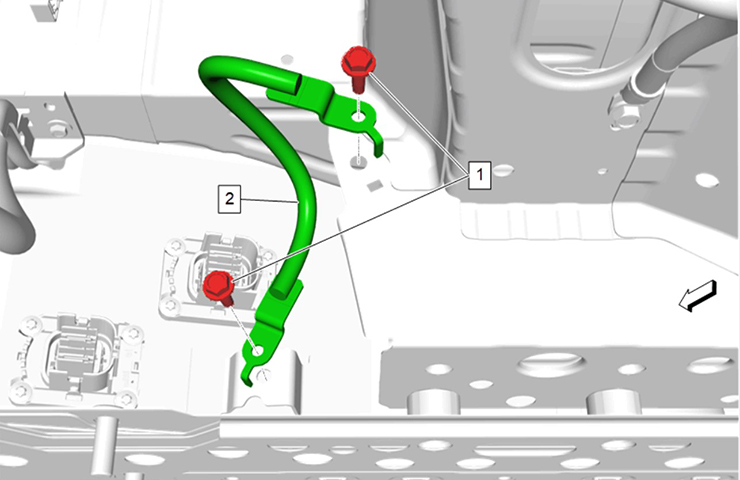
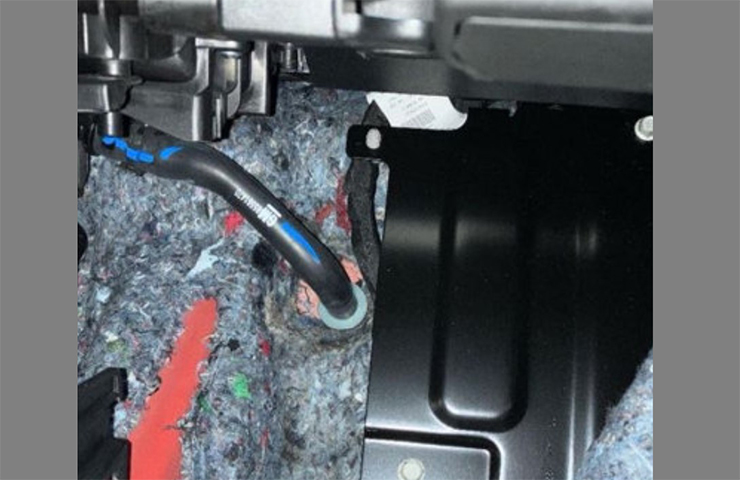










Always use the CCA on the Battery for Testing.
Our battery tables reflect the as built from the Factory. A valid Battery Warranty Code from the GR8/DCBS is required on warranty transactions of the OE (Original Equipment) battery the vehicle came with from the Factory and any subsequent battery failures(s) during the New Vehicle Limited Warranty period. Our battery warranty code validation process is set up to look for prior battery replacement warranty event(s) in GWMs IVH to determine the appropriate CCA check. In some instances, a battery is replaced by a sales department or customer as a customer-pay event though the vehicle is under warranty and no history in GWMs IVH, can be rejected or debited because of the CCA mismatch. Batteries replaced by a dealership on an internal job card or customer event are not covered by the New Vehicle Limited Warranty and subsequent failures are processed as a retail transaction. See P&P article 5.8.2 for further requirements.
so I have a 2019 Escalade with a battery life low message and stabilitrack message along with low voltage codes. battery in it has 800 cca, techlink says should have a 720 cca battery. we are getting back flagged because per techlink and per si to use info off battery in car but GM says we need to put info off techlink says is in car. so if I test a 800 cca battery and input it as 720 and it passes as a good battery do you think customer still has a problem or? What if i input 800 cca and retest and battery fails then what as a tech should I do. fix customer car and get a back flag or ship as no problem found? Is there anybody at GM actually know what wrong here? it’s extremely hard to work with GM now since no one actually do any good to help the technician to fix the car.
WHAT EXACTLY DO YOU MEAN USE THE COLD CRANKING AMPS OFF THE BATTERY, IF THE BATTERY IS NO LONGER FACTORY IE A/C DELCO? THIS BULLETIN STATES THE OLD CRANKING AMPS MAY NOT MATCH THE FACTORY. WHICH SPEC DO WE USE TO GET WARRANTY TO PAY THE CLAIM?
“TechLink under the Reference Charts tab. However, if the original equipment battery has been replaced, the OE information in the battery charts may not match the battery currently installed in the vehicle. Always check the battery label to verify the correct battery specification information.”
SO USING THE AC DELCO REPLACEMENT BATTERY THAT HAS A HIGHER CCA RATING WILL STILL BE REJECTED. ARE YOU STILL WANTING US TO LIE TO THE MACHINE AND ENTER THE FACTOR BATTERY SPECS?